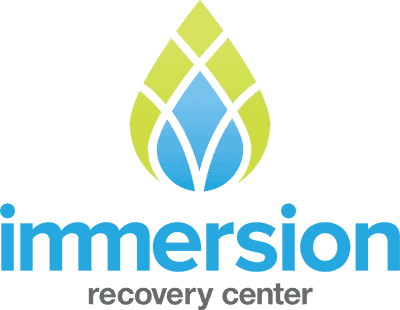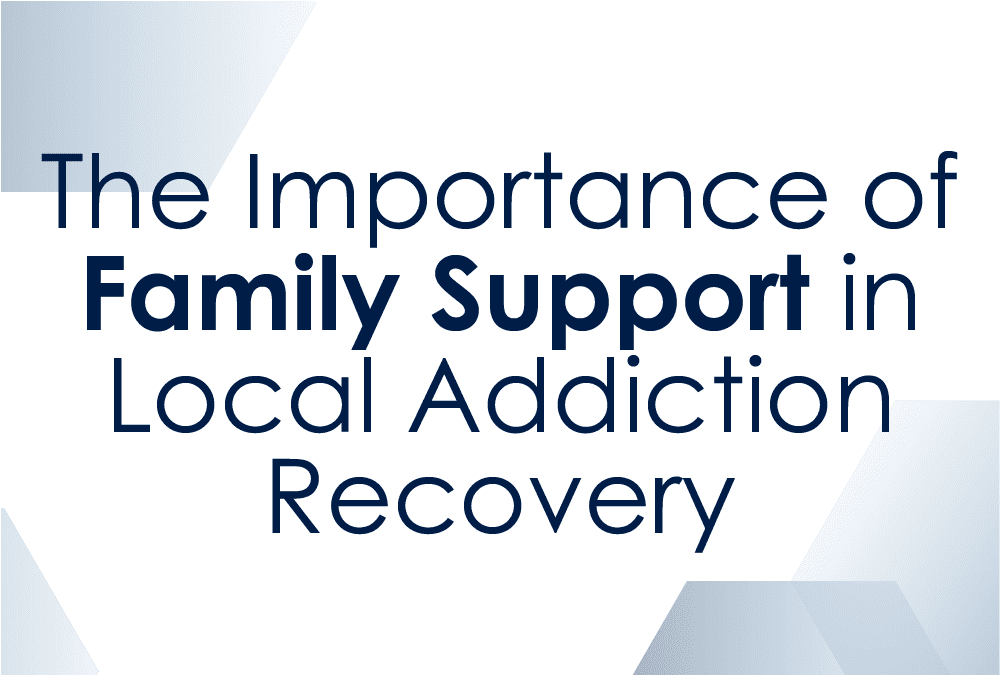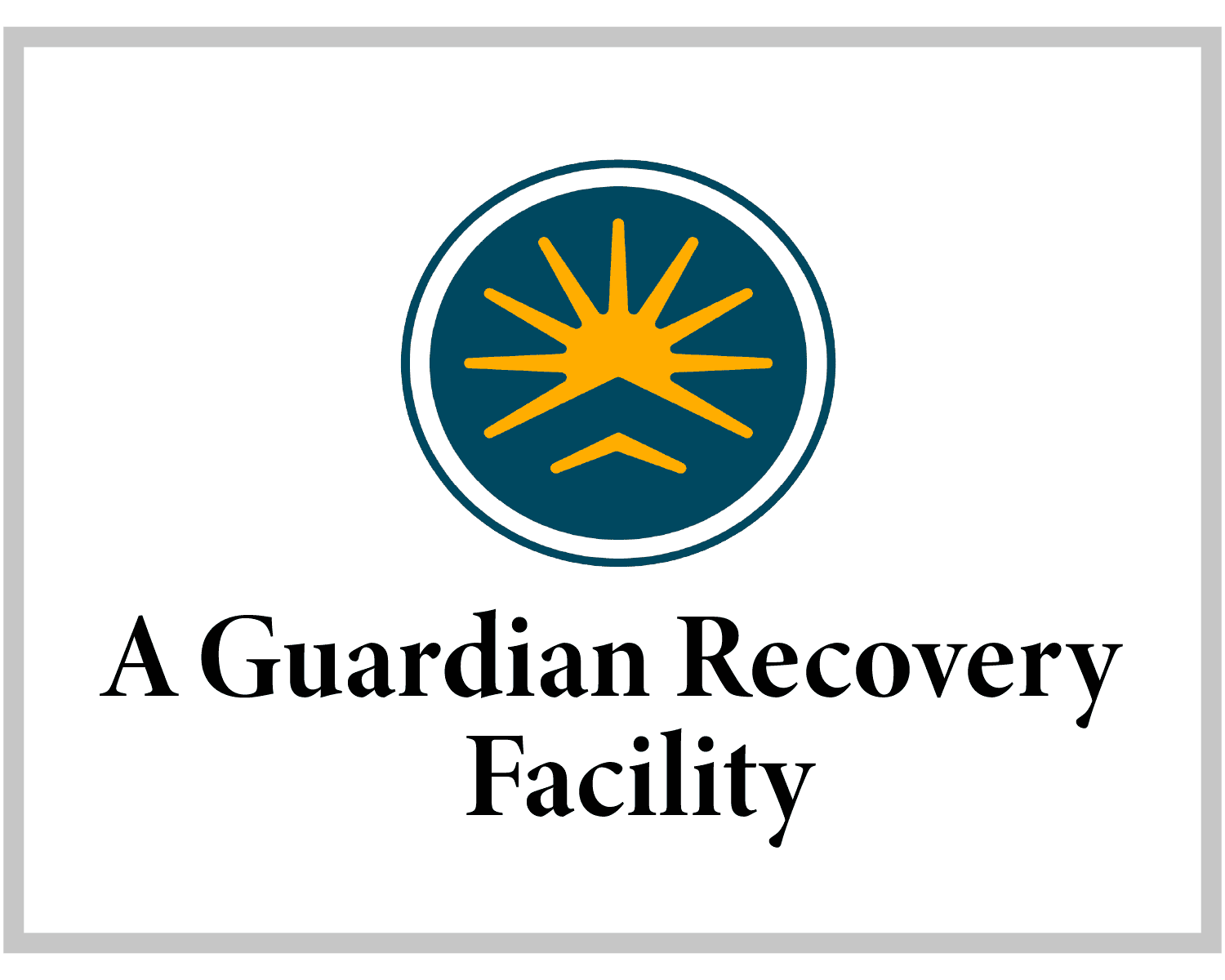Heroin’s appearance primarily consists of a white or brown powder and is an opioid created from the Asian poppy plant. Heroin can be injected directly into a person’s vein using a needle or syringe. Additionally, it can be snorted or smoked. All ways of use can quickly enter the bloodstream, instantly causing a person to feel high. This is what leads to heroin being very addictive.
In 2021, 1.1 million people aged 12 and older reported using heroin in the past 12 months.
The Immersion Program will discuss the dangers of heroin, what can happen if you smoke heroin, and how to seek addiction treatment.
If you or someone you love has a heroin use disorder, The Immersion Program is available to help. We are dedicated to providing the most comprehensive and individualized medically monitored detox program. To learn more about our programs, contact us today.
Why Do People Choose to Smoke Heroin?
There are three main ways people may use heroin. They are smoking, injecting, and snorting. Although all three methods of heroin use result in the same goal of getting high, there are differences in all three modalities with various risks associated, types of materials used, and levels of dependency.
People choose to smoke heroin because they may believe smoking heroin is safer than injecting heroin, and actually, there is some truth to this belief.
For instance, a person who smokes heroin will not be at risk for getting HIV or other transmitted diseases, infections, or abscesses from using a needle; however, heroin use is hazardous and lethal as it leads to overdose and death.
Additionally, there may be differences in the length of time when using heroin and the duration of the high you may experience.
It has also been found that people who start using heroin by smoking or snorting may quickly progress to using heroin intravenously.
Other Methods of Taking Heroin
As mentioned, there are three main methods of using heroin. These methods include smoking, injecting, and snorting.
For snorting, it takes about 5 minutes to feel the effects of the high of heroin.
For smoking and injecting, a person will experience the high immediately.
Because it can take a few minutes for a person to experience a high with heroin, there is a significant risk of overdose when snorting heroin.
You may wonder, how long does a heroin high last? Heroin’s duration depends on the method of administration. Heroin use by injection produces a high within 20 seconds, peaks around 2 hours, and lasts up to 4 hours or longer. For people who snort or smoke heroin, the effects of heroin may peak within ten minutes, with the nodding effect lasting as long as 4-5 more hours.
We Are Here For You
Let Us Help You Heal
Our detoxification experience is second to none.
Learn how we can help by speaking with one of our Treatment Advisors today.
Risks & Dangers of Smoking Heroin to the Lungs
Smoking any substance takes a severe toll on the lungs and airways. Heroin can be cut with toxic chemicals that are damaging to the lungs. Over time, smoked heroin can lead to lung complications like tuberculosis or pneumonia.
Another way the lungs are affected is by chronic respiratory depression. Heroin is a central nervous system depressant that slows down body functions and heart rate. When users overdose, their breathing is slowed to the point that it can be life-threatening. Over time, this respiratory depression can lead to chronic breathing problems.
Increased Risk of COPD
Similarly, these lung problems can increase the risk of developing chronic obstructive pulmonary disease (COPD). COPD is a progressive disease that can lead to heart and lung cancer.
Chronic Cough
As an opioid, heroin can suppress coughing short term. However, smoking it can make a person develop a chronic cough. Even more concerning, research suggests that long-term heroin abuse can increase the risk of developing asthma.
Lung Cancer
Not only do smoking substances lead to chronic pulmonary diseases such as asthma and COPD, but it also increases the risk of lung cancer. The act of inhaling toxic substances damages lung tissues, and the poisonous chemicals used to cut heroin are cancer-causing agents.
Hormone Imbalance
Long-term heroin abuse produces hormonal imbalances in both men and women. Women may begin having irregular menstrual cycles, and men may struggle with sexual dysfunction. These hormonal imbalances can also contribute to symptoms of anxiety, depression, insomnia, and mental health disorders.
Long-term Risks & Damage
Risks specific to smoking heroin include chronic bronchitis, bacterial bronchitis, and inflammation in the airway, leading to chronic coughing, wheezing, and shortness of breath. Additionally, there is a risk of early-onset emphysema, hypersensitivity pneumonitis, and barotrauma. These conditions cause swelling, inflammation, and trapped air in the lungs.
Some injection heroin users report snorting or smoking heroin first eased their transition to needle drug use. It is also increasingly common for heroin to be cut with other dangerous, potent opioids like illicitly manufactured fentanyl, a significant risk factor for overdose no matter how heroin is taken.
Long-term side effects of chronic needle use for heroin may develop collapsed veins, infection of the heart lining and valves, abscesses, and liver or kidney disease. Additionally, heroin creates unique risks because of the transmission of HIV and other diseases from sharing needles or unsafe injection tools.
Paraphernalia Commonly Used to Smoke Heroin
There are various types of paraphernalia and tools used when using heroin. The following are specific to injection, snorting, and smoking heroin.
When a person is injecting heroin, expect to see needles, syringes, and tourniquets. Homemade tourniquets could include shoelaces, rubber tubes, or belts. You might find torn-up and stained cotton balls or q-tips used to remove impurities from the heroin after it has been melted down. Metal spoons are frequently used to melt down the heroin; paraphernalia includes spoons that have been bent and burned (you might notice spoons are missing from your utensil drawer). Bottle caps can also be used to reduce heroin to a liquid. You might also find one or several lighters stashed away.
If your loved one is snorting heroin, you might find rolled-up money (bills), cut-up straws, razor blades (used to cut the substance into thin lines), and an off-white or brown powder residue.
If your loved one is smoking heroin, you might find burnt pieces of aluminum foil, which can hold the heroin as it is being smoked. You will also likely find several lighters, matchbooks, candles, rolling papers, or a glass pipe. If your loved one is smoking heroin, they might mix the substance with tobacco or marijuana, attempting to disguise the distinct smell.
Ready To Begin Your Treatment?
Let Us Help Your Family Heal
Our family therapy program is second to none.
Learn how we can help your family by calling a Treatment Advisor now.
Withdrawal Symptoms Resulting From Heroin Smoking
Heroin withdrawal can occur within hours of someone’s last dose of heroin. Typically, heroin withdrawal starts around 8 to 24 hours after a person’s previous use. Heroin withdrawal can last anywhere from 3 to 10 days.
Short-term Signs & Symptoms of Heroin Withdrawal May Include:
- Fast pulse.
- Increased breathing rate.
- Increased blood pressure.
- Elevated body temperature.
- Sleep disturbances such as insomnia.
- Dilated pupils.
- Unusually heightened reflexes.
- Sweating.
- Goosebumps.
- Watery discharge from eyes and nose.
- Muscle spasms, cramps, and pain.
- Bone pain.
- Nausea and vomiting.
- Diarrhea.
At The Immersion Program, we understand how difficult heroin withdrawal can be. Often, withdrawal symptoms are so severe that those struggling with heroin addiction return to using within 24 hours. The key to overcoming this obstacle is a medically supervised detox where withdrawal symptoms can be identified and treated immediately. Our team performs an in-depth initial evaluation and tailors a treatment plan unique to each client’s needs and recovery goals. We can provide 24-hour medical supervision and comfort care for our detox clients. Our medical and client support team’s goal is to ensure all clients have a safe and comfortable detox so they can begin the next phase in their recovery journey.
Can Smoking or Inhaling Heroin Lead to Addiction?
The immediate sensation and intensity of the high are what leads to substances being highly addicting. With smoking, snorting, and injecting heroin, a person may experience an intense high within minutes or immediately. This is why all forms of heroin use are highly addictive and dangerous.
Overdose Risks of Heroin Smoking
The overdose risks of smoking heroin are high. In 2020, more than 13,000 people died from an overdose involving heroin in the United States. This equals more than four deaths for every 100,000 Americans. The number of heroin overdose deaths was seven times higher in 2020 than in 1999.
Drug Additives & Laced Heroin
Some additives, such as sugar, starch, or powdered milk, are added to increase the weight of retail sales. Other drugs may be added to increase the effects of heroin. Fentanyl, a prescription opioid 100 times more powerful than morphine, is sometimes used to cut heroin or other street drugs. It may also be made into tablets that look like prescription medication. Many overdoses have occurred because people did not know that what they were taking was contaminated with fentanyl.
Overdosing From Smoking Heroin
You may still have time if you catch the signs of a possible heroin overdose. Here is what to look for and what to do if you think someone may be overdosing from heroin.
Common Signs of Heroin Overdose:
- Loss of consciousness.
- Limp body.
- Pale skin.
- Heartbeat is slow, weak, or erratic.
- Clammy skin.
- Bluish tones on fingertips, lips, and skin.
- Unresponsive.
- Choking or gurgling sounds.
- Vomiting.
If you find someone displaying these symptoms, whether or not you know if they’ve taken anything, call 911 immediately.
Begin Healing Now!
Have A Call With One Of Our Treatment Advisors
Don’t Suffer Any Longer
Contact Us to Learn More
At The Immersion Program, we remain dedicated to providing our clients with a comprehensive program of heroin detox — one that focuses on much more than physical stabilization. In addition to emphasizing physical recovery, we tackle mental, emotional, and spiritual well-being. While we prioritize a safe and pain-free cocaine withdrawal, we offer individual, group, and family therapy sessions, case management services, relapse prevention training, and aftercare planning.
Contact us today if you or your loved one is ready to begin an entirely new way of life and commit to long-term recovery. As soon as you call, we start developing a plan of action that begins with an initial pre-assessment. This assessment helps us determine which level of care is the most appropriate for each unique case. We identify potential coverage options if our medically monitored detox program is a good fit. We work closely with most major regional and national insurance providers. Contact us today for a free, no-obligation insurance benefit check.
Get Started Now
Give us a call 24/7
(888) 693-1604

Reviewed for accuracy by :
Susan Shirley
LMHC
Serving as the Inpatient Clinical Director at Immersion Recovery Center, Susan will work directly with staff members, clients, and family members to ensure the clinical program remains as effective and individualized as possible. Susan is no stranger to the fields of behavioral health and addiction. She has over 25 years of experience, working in an inpatient setting, an outpatient setting, acute stabilization and nearly all other settings in the realm of addiction recovery.





















